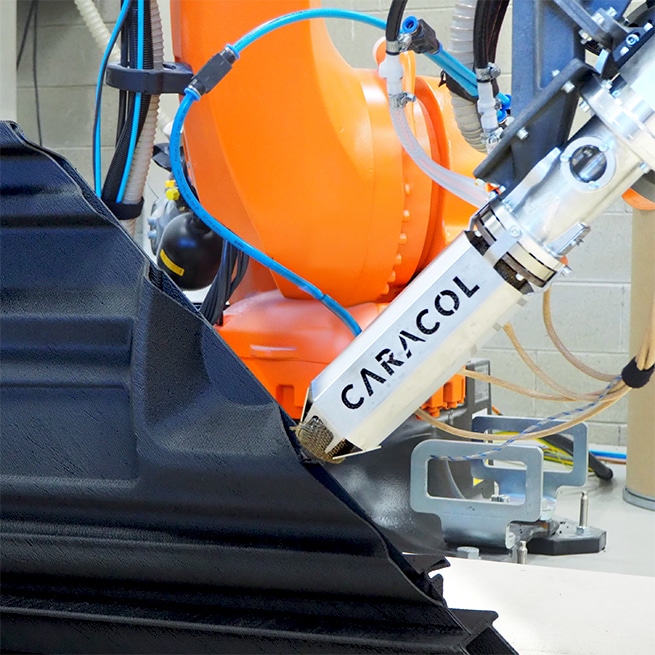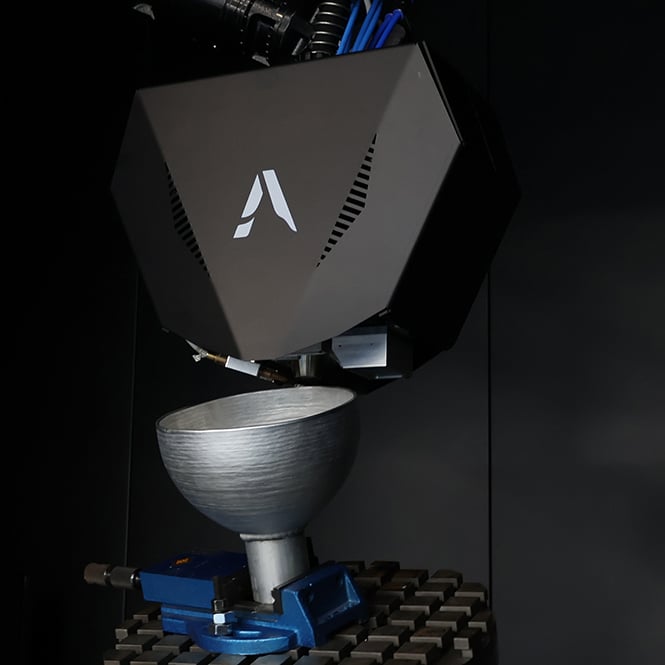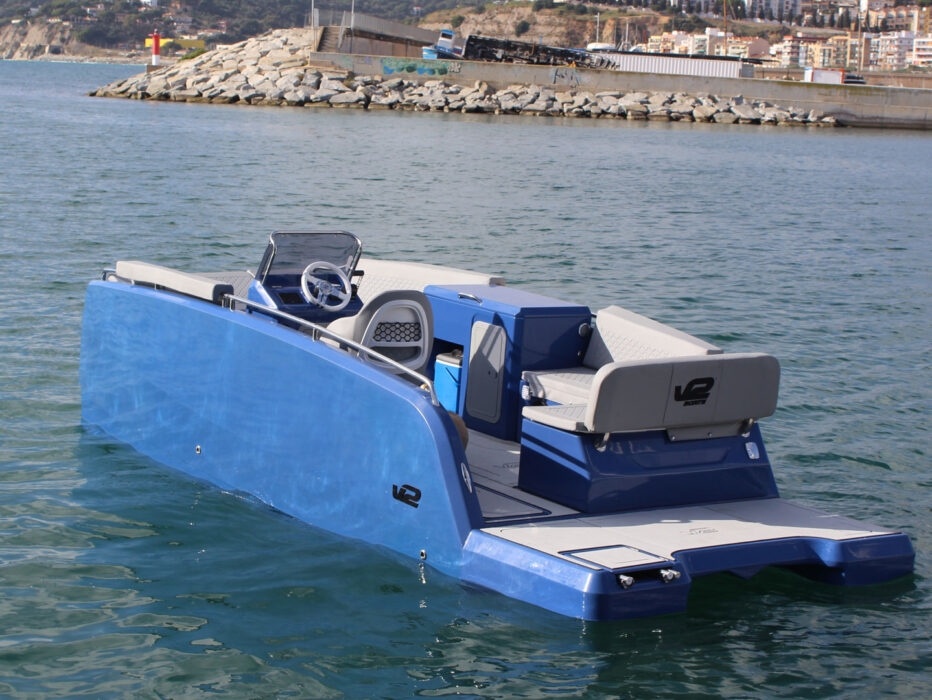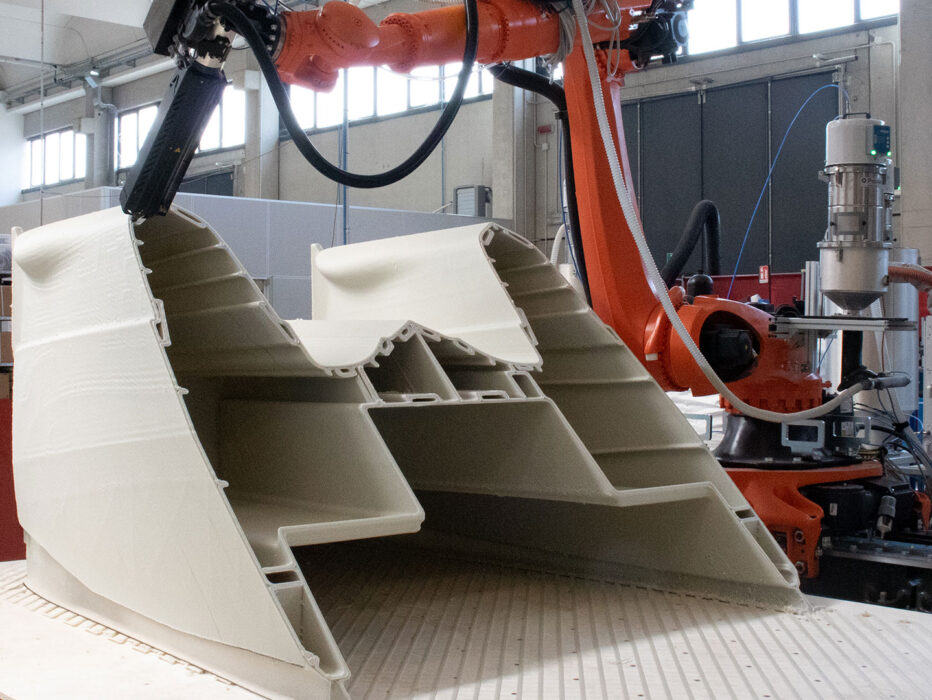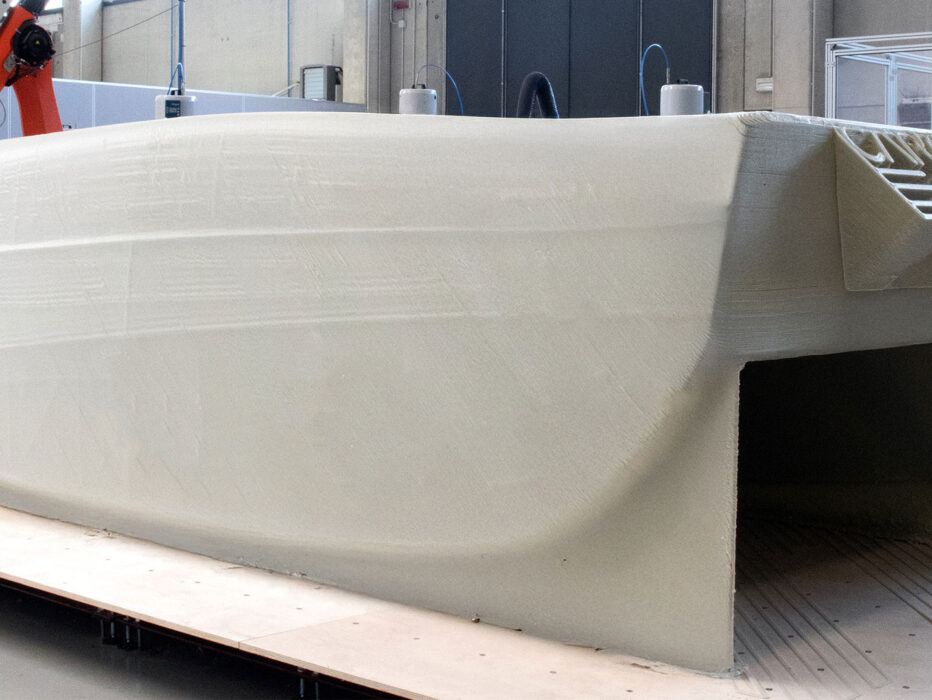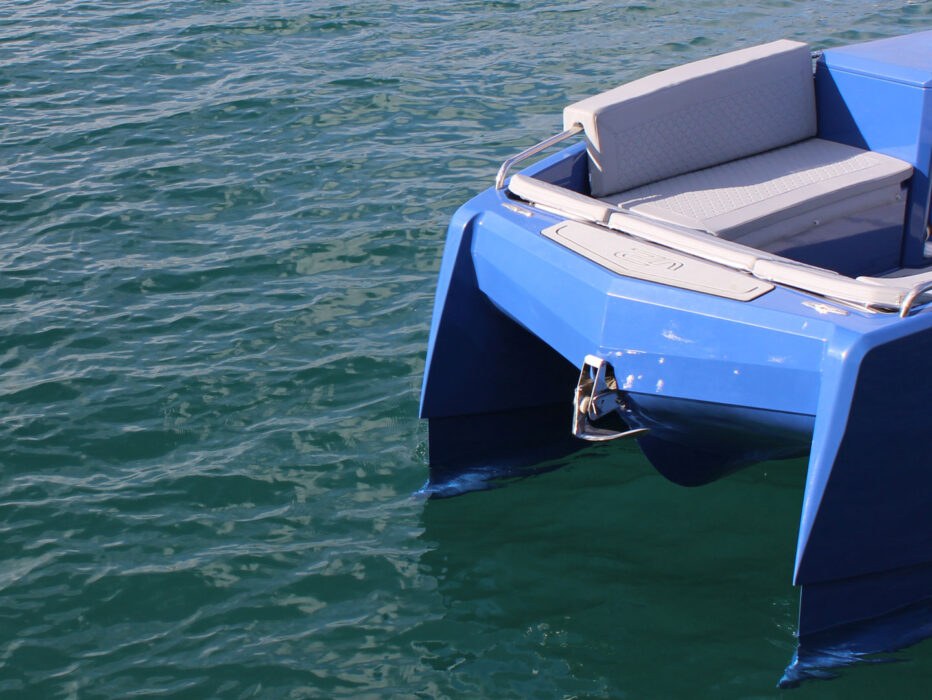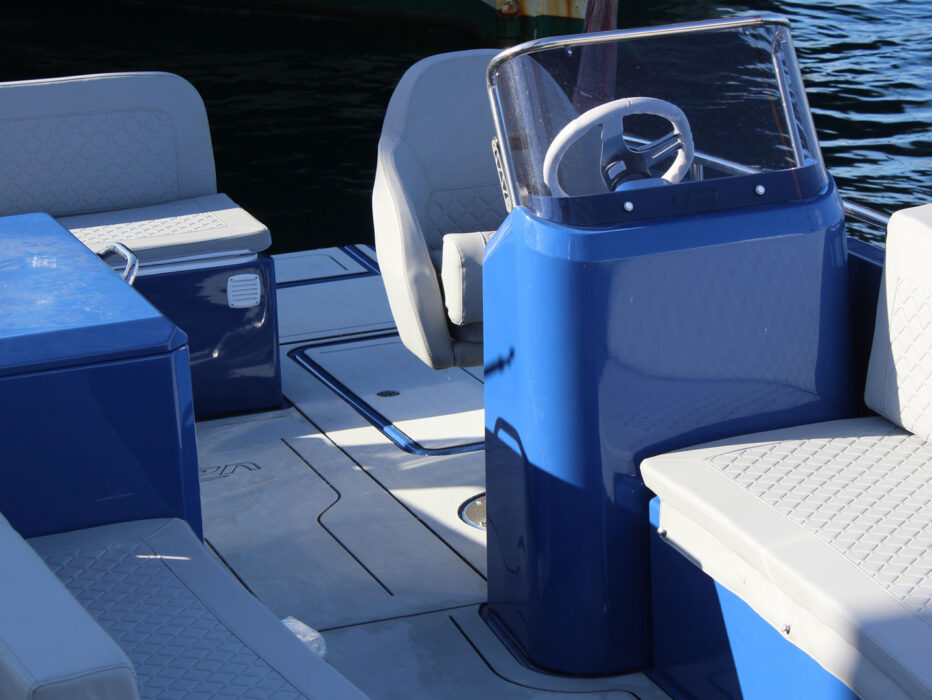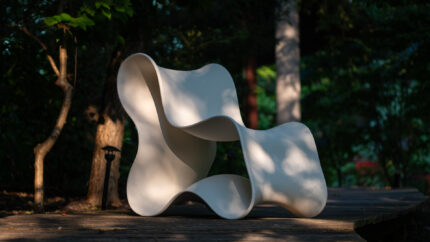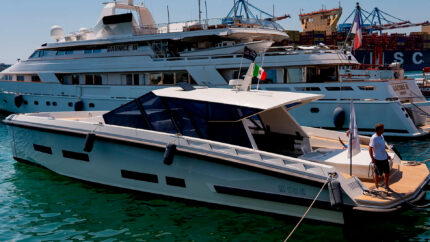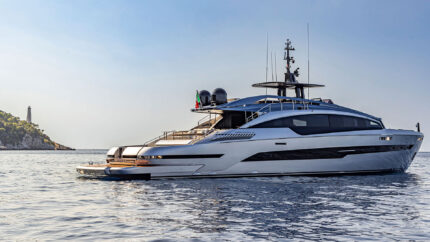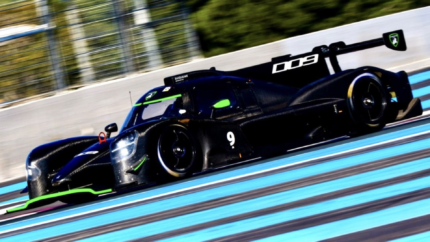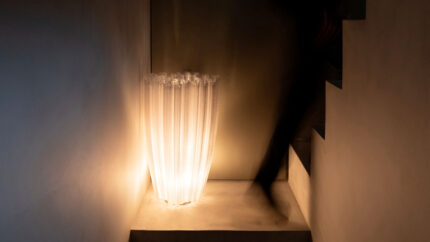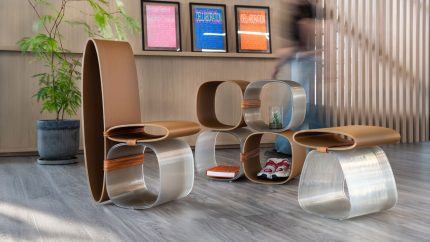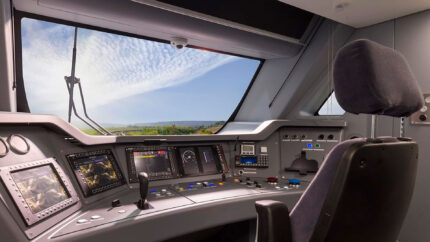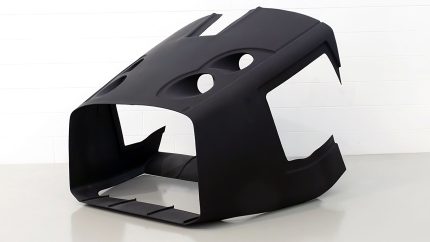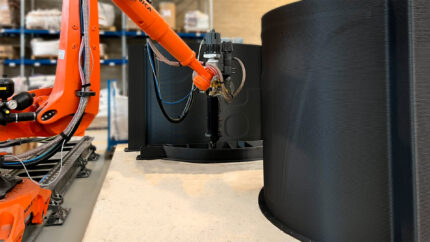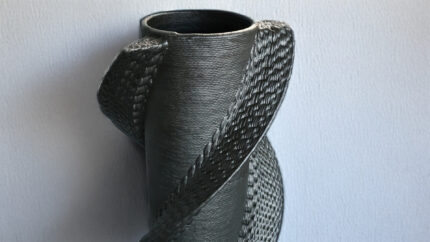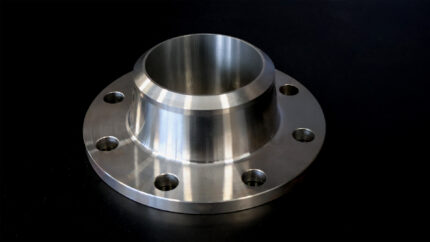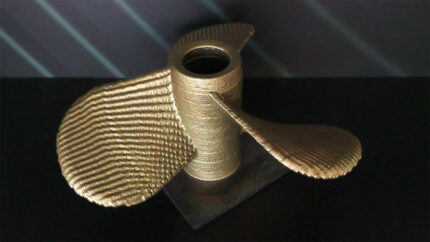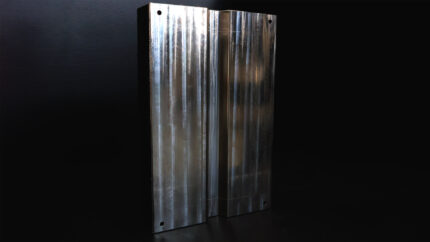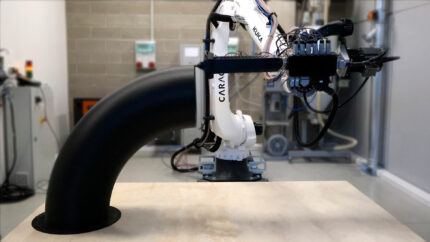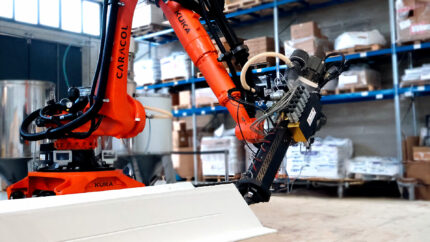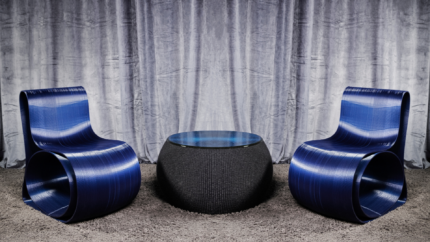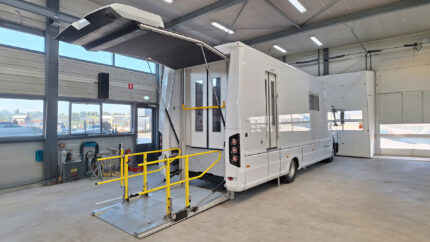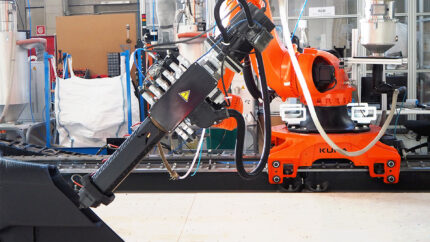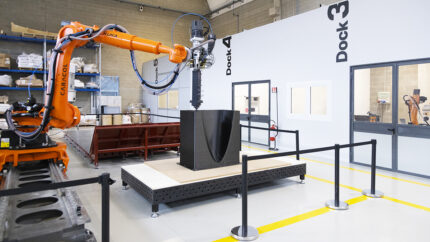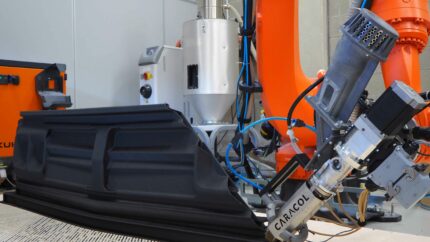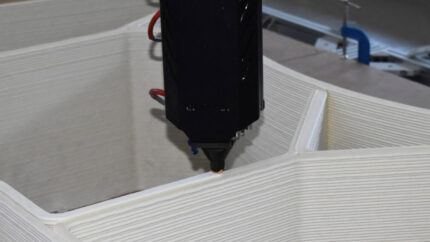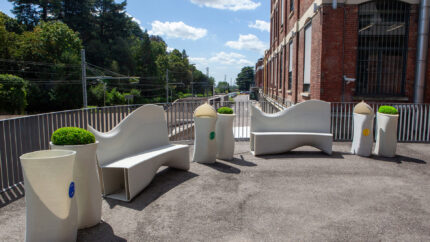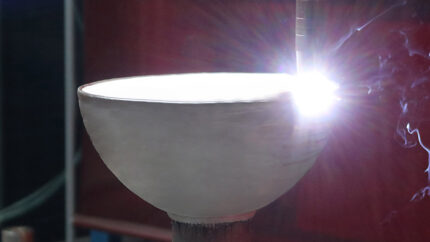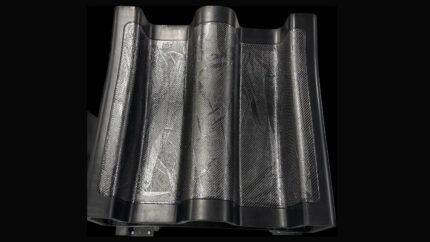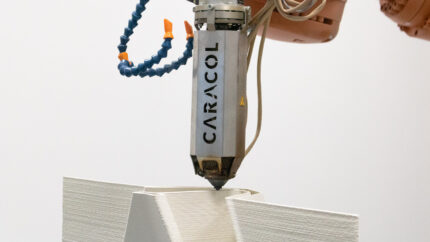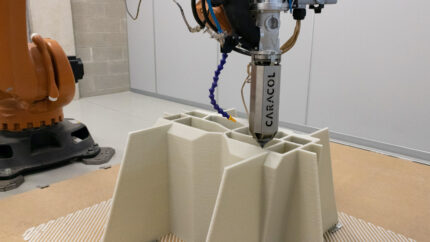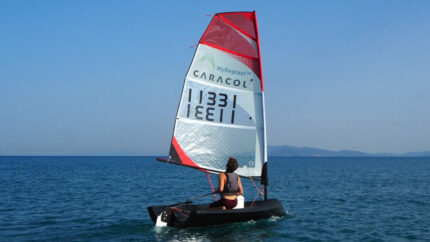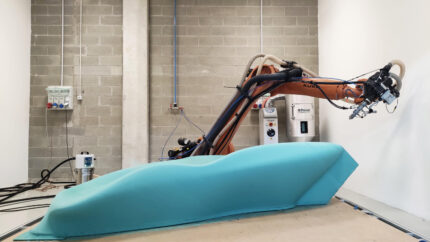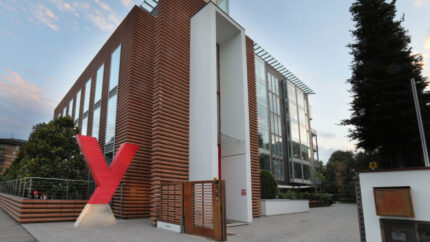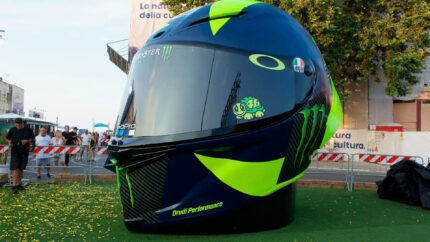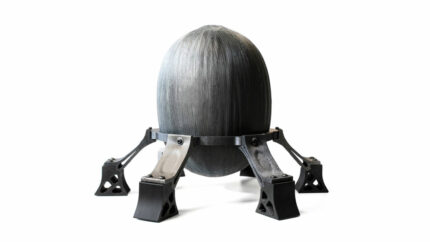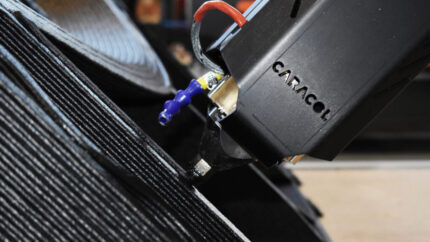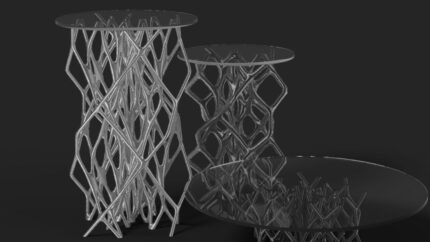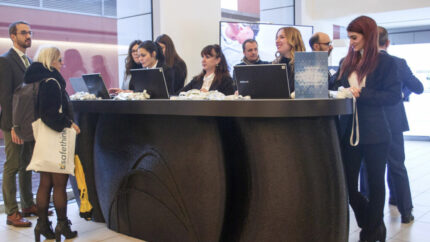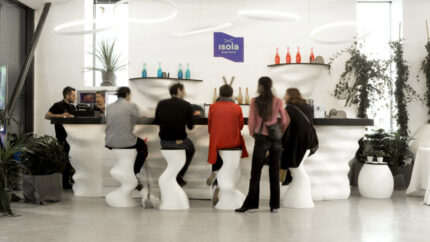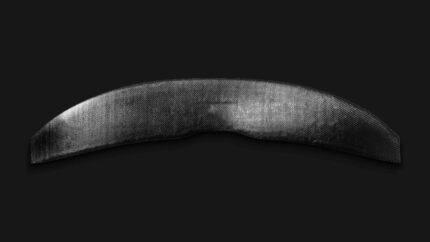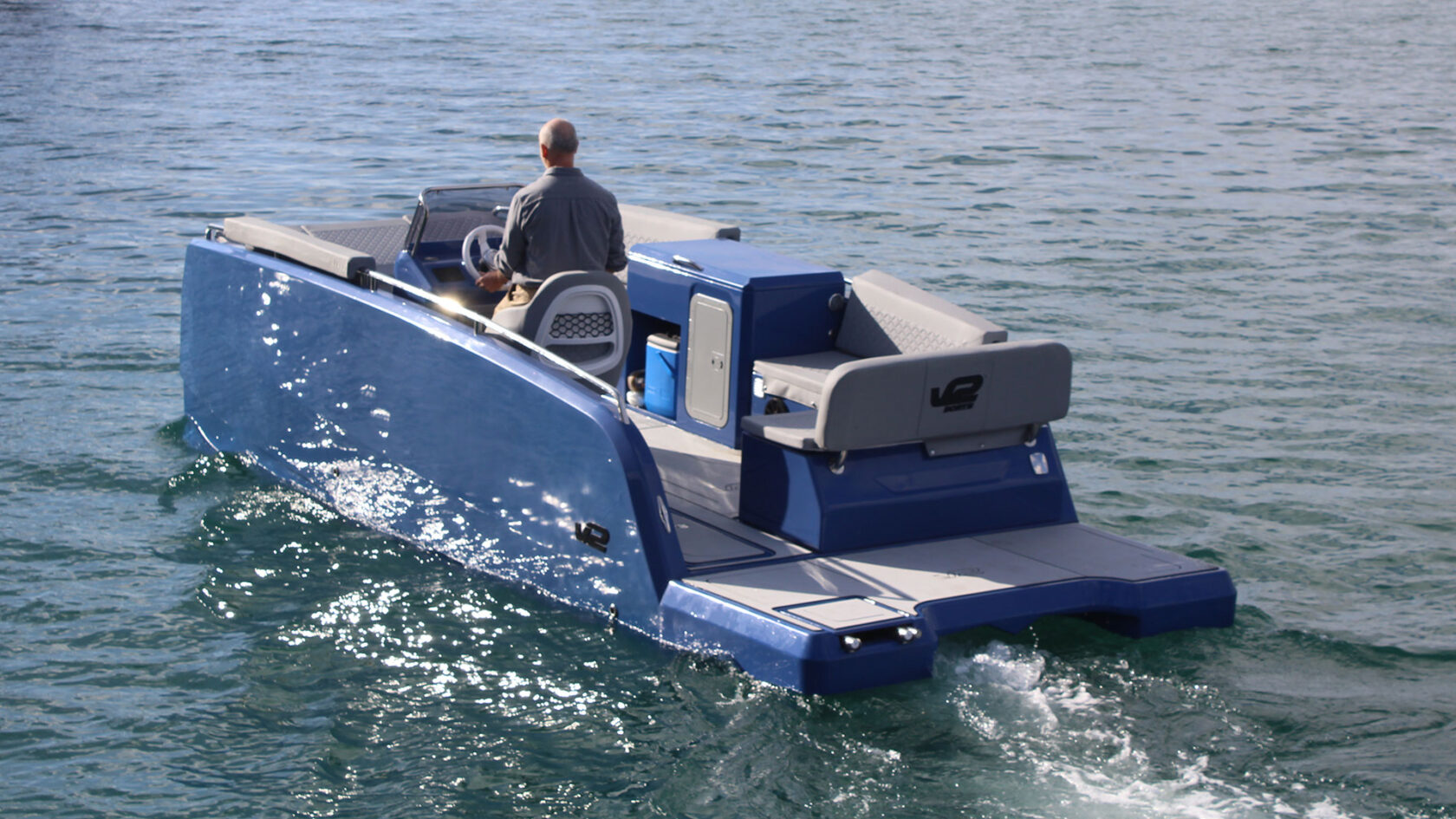
Caracol collaborated with V2 Group to develop the first functional 6-meter-long monolithic catamaran for open waters. This boat was produced in a single print, leveraging the Heron AM robotic platform to develop a product that will be industrialized and scaled, thanks to the attentive research done on the full process: from design to materials, to production and post-processing, to meet the requirements needed by the naval industry.
Large-format additive manufacturing robotic systems have been transforming the nautical sector by offering competitive advantages such as highly customizable designs, efficient material usage, and a significant reduction in environmental impact.
Beyond the technology, companies that have been achieving real-world successful results in substituting traditional methods of production, have a deep application know-how and have been studying the whole process from design, to materials, production, and post-processing – ultimately ensuring the requirements the industry has can be met.
This project marks a revolutionary milestone thanks to the collaboration with V2 Group, a Spanish company specializing in the design, engineering and production of leisure crafts, that has expanded its capabilities on production with Caracol’s large-format additive manufacturing (LFAM) platform for nautical and naval applications.
Manufacturing parameters and benefits
This project was conceived with a long-term vision, meticulously analysing every step of the process to lay the groundwork for future industrialization of such boats. From design and testing (FEM and Hydrostatic analysis), material selection to work with a recycled material and to optimize printing times, finishing with CNC, gel coating, painting, and testing of the final hull, every aspect has been carefully refined to identify the key elements needed to scale production efficiently, sustainably, and economically. This strategic approach is crucial for turning this technology into a widely applicable solution in the nautical sector.
Key facts
- System: Heron 400
- Extruder: High Flow (HF)
- Nozzle size: 8 mm
- Material: rPP + 30% GF
- Printing Time: 160 hrs
- Weight: 1200 kg
- Size: 5000 x 2300 x 1500 mm
This boat is a tangible example of how advanced additive manufacturing processes can accelerate production times, minimize material waste, and enable the creation of high-quality floating structures and boats tailored to the growing demands of a global market. Key benefits are:
- Waste reduction: 30%
- Lead time reduction: 20%
Innovation in design & production methods
The boat hull was produced in a single, uninterrupted 160-hour print, resulting in a seamless, monolithic structure. This continuous additive manufacturing process minimized assembly needs and enhanced structural integrity. Prior to the full-scale print, targeted tests were conducted on critical sections, focusing on areas with complex reinforcements and integrated features to ensure optimal performance and printability.
The design and slicing phases demanded additional time due to the boat’s substantial size and intricate geometries. However, many of these preparatory steps – such as fine-tuning process parameters, optimizing structural balance with printability and planning for post-processing—are one-time efforts per boat model. Once established, these optimizations can be replicated across multiple prints, significantly reducing preparation time for subsequent builds and streamlining the overall production workflow.
This approach highlights the flexibility and scalability of large-format additive manufacturing (LFAM), enabling the efficient production of complex, high-performance marine structures while reducing lead times and resource consumption.
A promising future for the nautical industry
This achievement not only demonstrates the feasibility of robotic large-format additive manufacturing but also establishes the foundation for a new era in the manufacturing of boats and nautical components.
While traditional mass production methods leverage inexpensive and fast solutions like polyester and fiber glass lamination, the industry is seeing a shift towards more custom and small batch productions of vessels. This is why leveraging additive can lead to benefits by eliminating the use of molds, allowing for quick design iterations, and work towards developing fully recyclable hulls soon.
V2 Group and Caracol AM are committed to the continuous improvement of this manufacturing approach to broaden its applications in this sector, including transitioning toward the industrialization of the process. This will pave the way for a more scalable, sustainable, and accessible production model within the sector.
